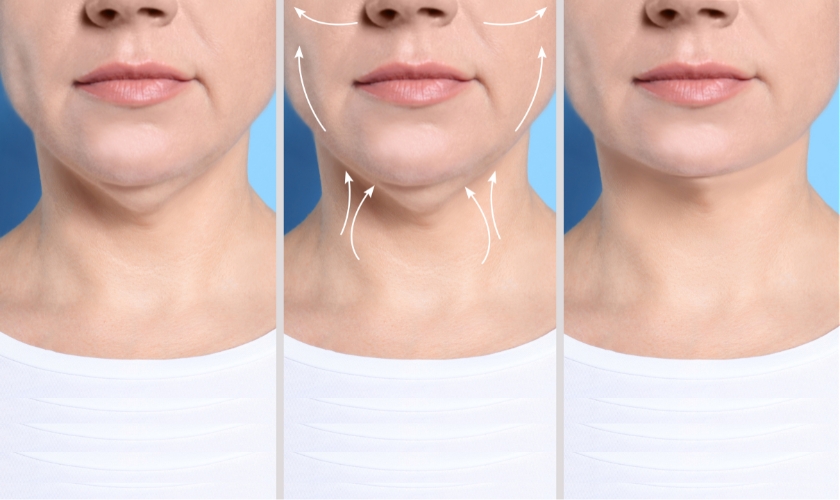


Corrective jaw surgery corrects crooked jaws and enhances bite, breathing, and appearance. It can be daunting, but it is doable with the right preparation and care. Let us go through what to anticipate before, during, and after corrective jaw surgery step by step.
Before Surgery: Planning and Preparation
Your oral surgeon and orthodontist first assess your condition. They might take X-rays, 3D images, and dental impressions. They will collaborate to create a precise surgical and orthodontic treatment plan. This will make sure your jaw will fit perfectly together after healing. You will typically wear braces for 12–18 months before surgery. This aligns your teeth correctly. Without this procedure, your bite will still not be correct after surgery. Then, your surgeon will describe the procedure, risks, and recovery period. Ask questions and let them know your concerns. Knowing what to expect reduces anxiety.
In addition, your surgeon might request blood work or imaging to ensure you’re healthy enough for surgery. You might also see an anesthesiologist before your visit. Meanwhile, ready your house for recovery. Buy soft foods, ice packs, and pain medicine. You’ll also need assistance for the first few days after surgery.
During Surgery: What Happens in the Operating Room
Your corrective jaw surgery in Beverly Hills will be performed in a surgical center or hospital. You will be put under general anesthesia, so you will not feel pain or be conscious during the procedure. The surgeon will perform surgery on your upper jaw (maxilla), lower jaw (mandible), or both, depending on the case.The surgeon will make incisions within your mouth to reach the jawbones. Subsequently, they will reposition the bones and fix them in place using plates, screws, or wires.
Because the cuts remain within your mouth, no facial scars will ever be visible on your face. The surgery itself usually lasts 2 to 4 hours, depending on complexity. During surgery, post-operative monitoring for 1 to 2 nights in the hospital is required.
After Surgery: Recovery and Healing Process
After returning home, recovery gets underway. Slight swelling, bruising, and discomfort may occur for several days. They are normal. Apply cold compresses frequently and take medications as instructed. In addition, elevate your head to minimize swelling. Take a liquid diet for the first week. Then, introduce soft foods gradually. Steer clear of chewing hard foods or sticky foods for a minimum of 6 weeks.
Gently brush with a soft toothbrush and rinse with salt water to prevent your mouth from becoming clean. Your surgeon can recommend a special mouthwash. Visit all scheduled follow-up appointments. Your orthodontist will keep on making changes to your braces as necessary.
On most occasions, the patient is back at school or work within 2 to 3 weeks. Total healing, though, takes months.
Long-Term Outcome and Advantages
Eventually, swelling decreases, and your jaw finds its new position. The end result is well worth the wait. Patients enjoy improved chewing, clearer speech, and enhanced facial balance. Breathing problems associated with jaw alignment also tend to improve. Above all, corrective jaw surgery enhances confidence and quality of life. You’ll appreciate long-term benefits once healing is complete.
Tips for a Smooth Recovery
To hasten healing and prevent complications, use these tips:
- Follow post-op instructions
- Consume nutritious, soft foods
- Avoid smoking and alcohol consumption
- Sleep with your head elevated
- Take medications as prescribed
- Practice good oral hygiene
- Don’t miss any follow-up visits
These measures keep your recovery on track and prevent infections or delays.
Confidence Starts with Corrective Jaw Surgery
While corrective jaw surgery seems daunting, it has life-changing advantages. From planning to recovery, every step counts. Preparation minimizes stress, surgery realigns, and recovery treats you to lasting results. With adequate care and patience, you’ll get a stronger, more confident smile.




